How small businesses can create an efficient packing process
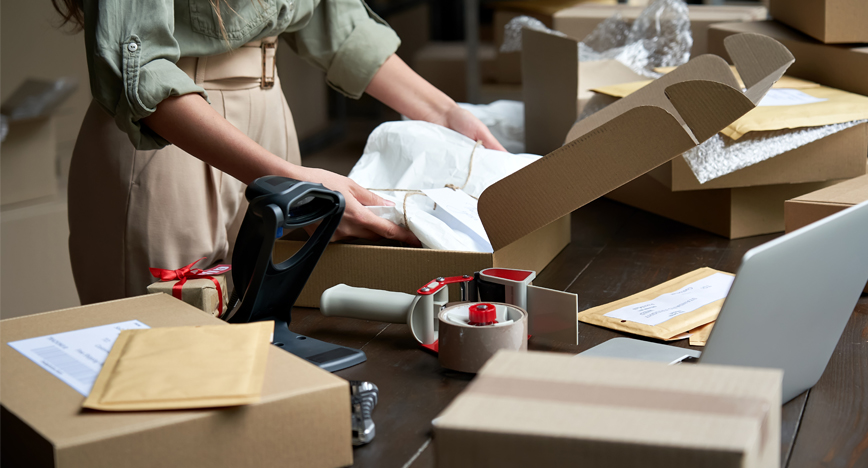
Consumers expect a lot when they shop online. Their demand for flexibility and convenience gives retailers big and small a lot to live up too and you customers are no exception. They expect their products to be delivered quickly and efficiently, even if you’re a small business. That’s why an efficient packing process is so important.
As a small business, you might be wondering how to create an efficient packing process. It can be challenging competing with bigger businesses who use third-party logistics and have more experience.
But don’t worry! Our Packaging 101 guide is here to help you. Understanding the benefits of an efficient packaging process and the types of packing techniques that will help you get more product out the door can help your small business grow!
A positive unboxing experience goes a long way. How you pick, pack, and dispatch your product will contribute to this. And small businesses have an advantage here – you can add personal touches to orders that companies who dispatch thousands of orders a day can’t.
So, how can small businesses create an efficient packing process?
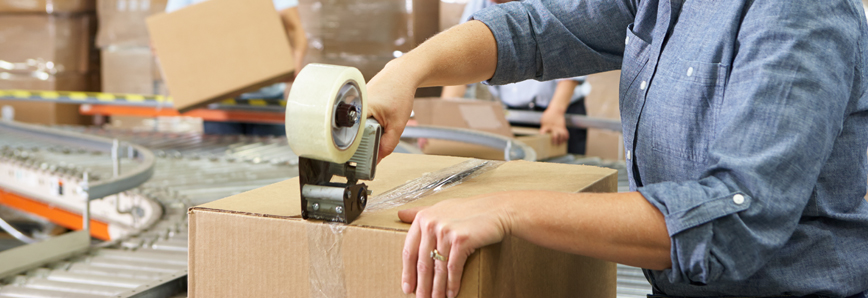
The benefits of an efficient packing process
First, understanding why an efficient packing process is important is a good place to start. Productivity is the backbone of any efficient operation and making each minute count is critical. This is especially true when you have a smaller team. If your packing operations are optimised, it will allow you to:
- Cut the time it takes you to pack your products
- Improve your through put (the volume of products you pick, pack and dispatch)
- Save time for other tasks
- Prepare for growth in the future
When you have fewer staff, multiple orders and an expectant customer base can seem overwhelming. However, there are steps you can take to create an efficient packing process that improves productivity and provides long term scalability…
How to create an efficient packing process

1. Organise your warehouse space
The first step in creating an efficient packing process is organising your warehouse or packing space. If your product, packaging materials and packing bench are all far away from each other, it will be harder for you to pick, pack and dispatch efficiently.
If you’re just starting out, you could opt for cost effective corrugated pick bins to store your products in a logical order, and within a short distance of your packing area. This will minimise downtime when you or your team are picking your product to pack it.
Investing in a few packing benches now will also support your growth as demand for your product increases, as well as help you pack more efficiently than on a make-shift workbench. Most packing benches can be customised and don’t have to break the bank.
As for your packaging materials, there should always be plenty in your packing area. If you’re using packing benches, we recommend that your packaging is stored in the “power zone”, no higher than shoulder height. This helps minimise discomfort and encourages faster packing. Another piece of equipment that can help you foster a comfortable and productive work environment is anti-fatigue mats. These minimise stress on the feet and legs of packers, so they don’t tire as quickly.
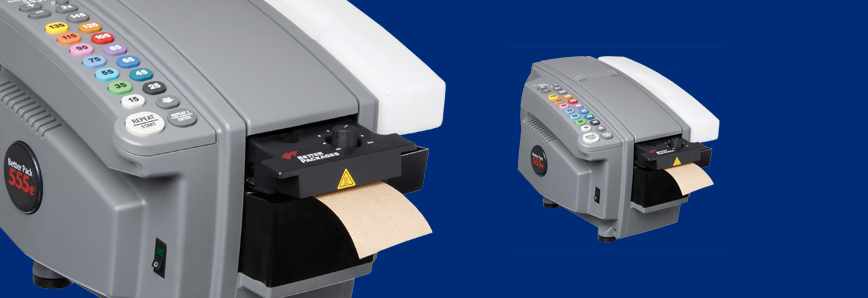
2. Optimise your packaging materials for efficient assembly
Identifying packaging that is quick and easy to assemble will help your team pack more product, more efficiently.
If you’re a small business that’s buying stock packaging supplies, look for options that can help you save time. For example, cardboard boxes with crash lock bases can help you eliminate assembly time, as their bases don’t need to be sealed with tape. Boxes and mailing bags with peel and stick closures are another time saver.
Longer term, you could try out a manual gummed paper tape dispenser, that helps efficiently dispense tape and controls material use, allowing you to control costs as well as pack efficiently.
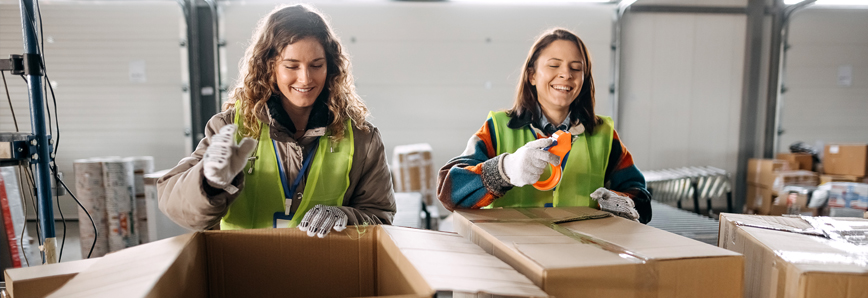
3. Assign clear roles to your team and provide training to support them
Does everyone in your warehouse team know who does what? Assigning clear roles and providing appropriate training will make sure your staff get things done quickly an efficiently. Your warehouse layout and the number of staff you have might influence how you decide to assign roles…
You could pack on a per order basis (pack one order at a time). With this approach, one person is responsible for picking, packing, and dispatching the whole order. This might work if you’ve got a small packing environment. However, if you’re experiencing growth, it might be more efficient to assign roles based on each process. In fact, research has shown that ‘shifting between tasks can cost as much as 40 percent of someone’s productive time’.
So, it makes sense to have different people picking, packing, and dispatching. One person or team is responsible for fetching the goods, the next team will assemble packaging and pack items into it, the final team is responsible for dispatching it via couriers or your own transport.
On top of this, providing training on how to quickly assemble packaging is a must. Best practice training will help your team pack efficiently, help you control packaging waste and prevent damages through quality control. If you need to hire temporary staff for spikes in demand, having a packaging guide in your packing area can help too.
Longer term, as you grow, you could also look to using one of your team as a “water spider”. A warehouse water spider makes sure everyone has everything they need, delivering packaging materials to benches and removing waste.
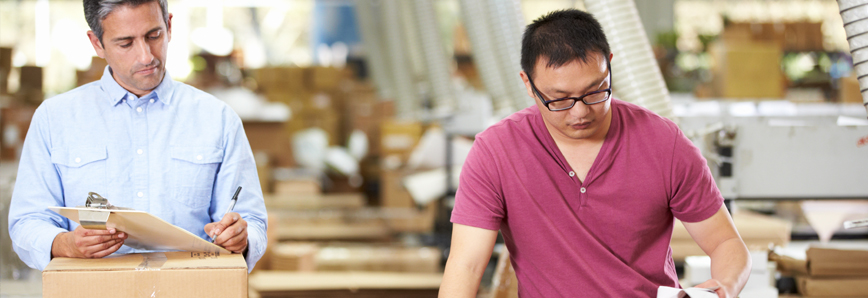
4. Review your packing process periodically and make changes
It is important to regularly take stock of how efficient your packing process is.
You should time how long it takes your team to complete each stage of order fulfilment. Have your pack times increased or decreased? It takes longer to ship products if pack times are increasing. This may highlight the need to make changes to your process, especially if orders are steady or increasing.
Increases in damages could also highlight issues with your packing process – people may not be using the right amount of protective packaging or the correct size box for the product being shipped. This could suggest you need to re-train your team on the correct packing processes.
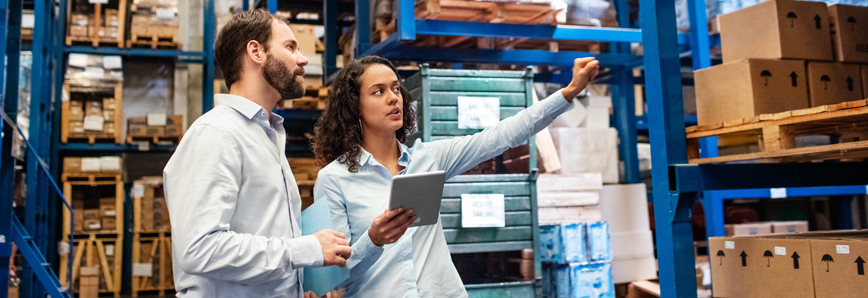
5. Consider your long-term growth plans
If you’ve got a growth plan, getting your picking and packing process right now can stand you in good stead.
Spikes in demand and influxes of orders can often throw packing efficiency out the window. Sensible growth planning could include increasing the number of packing benches or investing in small automation solutions. Tape machines or small on demand void fill are good ways to start automating your operation. These and similar measure will help your packing operation flourish as sales grow.
At Macfarlane Packaging, we work with businesses to make sure they have optimised packaging solutions that help the create efficient packing processes. Contact us today to see how we can help you.

